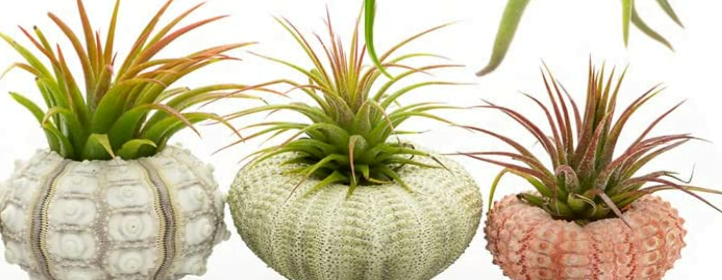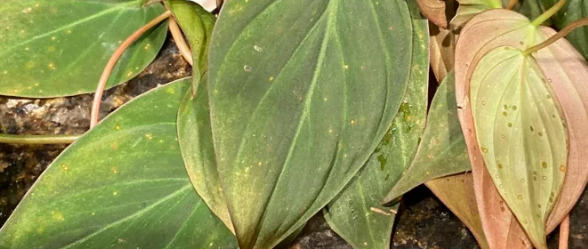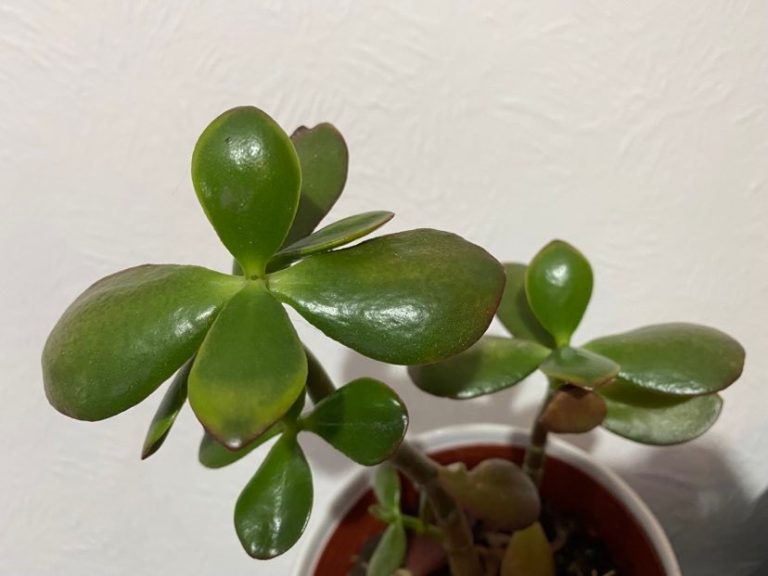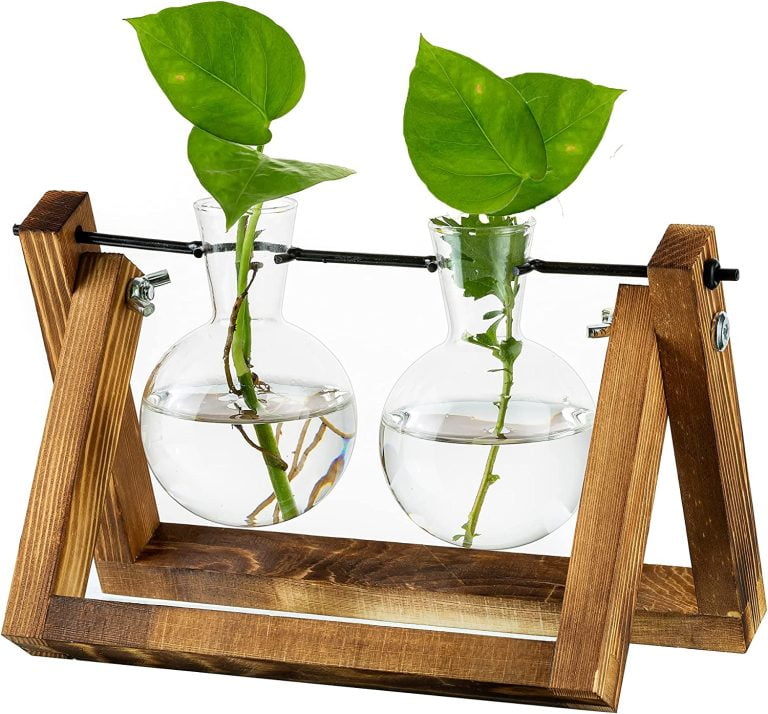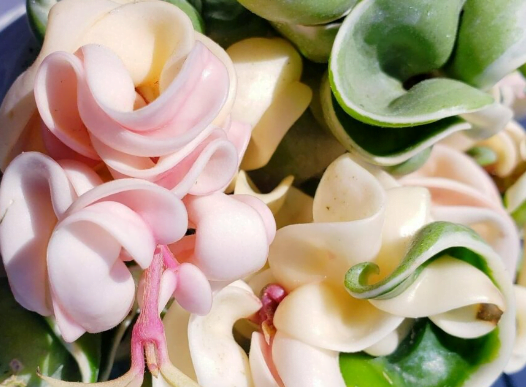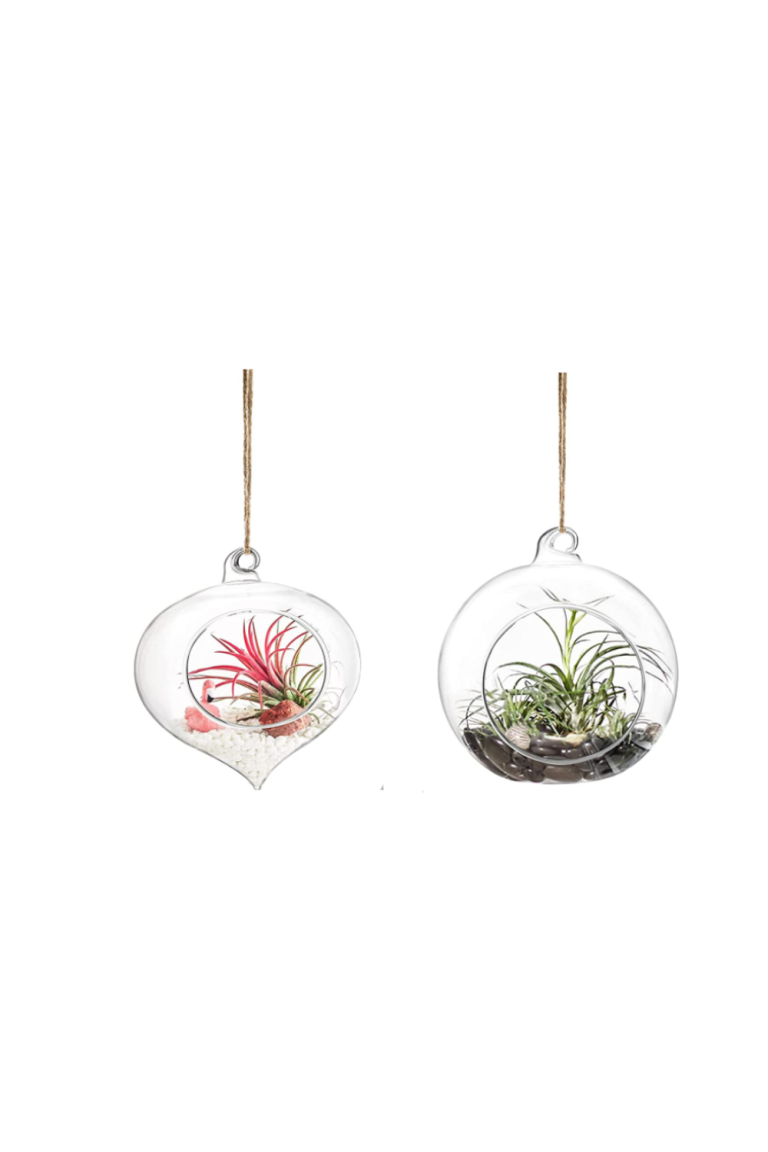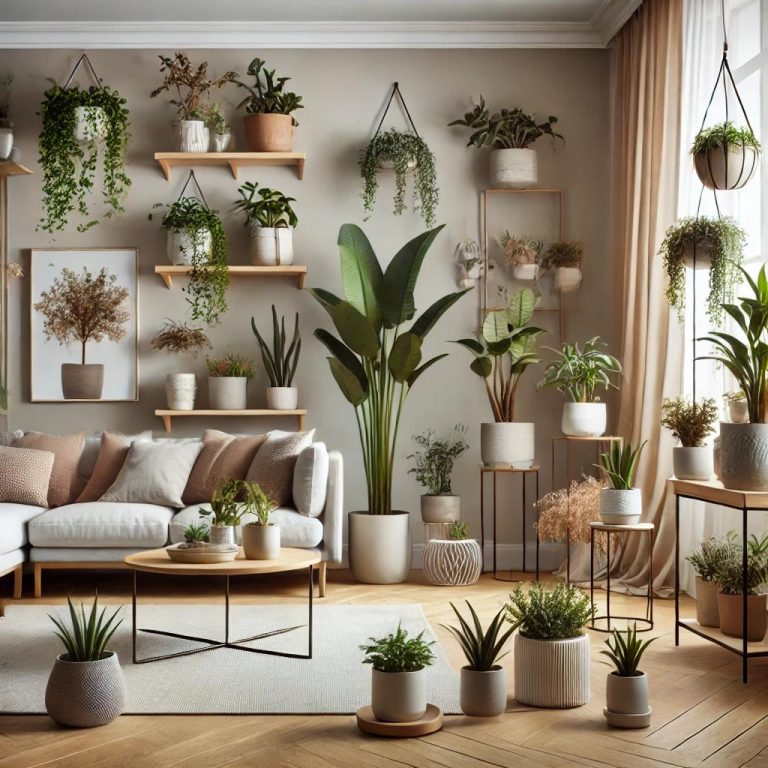The Unique Charm of Air Plants
Why You Should Have Air plants in Your Home?
Air plants, also known as Tillandsia, are a type of tropical plant that does not require soil to grow. They can be found in a variety of sizes and colours, and can be grown indoors or outdoors in a range of environments.
They absorb water and nutrients through their leaves and can be propagated by removing offsets, or “pups,” from the mother plant. They should be misted or soaked in water regularly and given bright, indirect sunlight. They are also popularly mounted on objects like driftwood, shells, or air plant holder.


There are over 500 different species of Tillandsia, or air plants, and many hybrids have been developed with different leaf shapes, colours and sizes.
General Care for Air Plants
Prefers bright, indirect sunlight. It can tolerate some shade, but too much shade can cause it to lose its vibrant green colour.
- It absorbs moisture through its leaves, so it should be misted or soaked in water regularly. It is important to not over-water it, as too much water can cause the plant to rot.
- Needs good air circulation to thrive. It should not be placed in an enclosed space, such as a terrarium, where air flow is limited.
- Likes warm, humid environments, with temperatures between 60-90°F (15-32°C).
- It does not require fertilizer, but if you want to boost its growth, you can mist it with a balanced water-soluble fertilizer every 2-4 weeks.
- Air Plants are a very hardy and easy to care for that is perfect for beginners or for those looking for a small, compact addition to their collection. With proper care, it will thrive and provide a splash of color to any space.
Some of the Most Popular Types include:


- A small, compact plant with red and green leaves that turn into pink and purple when in bloom.
- It is also known as the sky plant, It is native to Mexico and parts of Central America.
- It is a very popular type of air plant due to its small size and vibrant colours.


- Known as the king of the air plants, is a native to Mexico, Central America, and parts of South America. It is known for its wide, stiff leaves that are silver-gray in color, giving it a unique and distinctive appearance.
- Prefers bright, indirect light, but can tolerate some direct sunlight. It’s best to avoid placing it in a spot that receives direct sun all day long, as it can burn the leaves.
- It can grow up to 20 inches wide and 24 inches tall, so it’s a good idea to give it enough space to grow.
- It can be mounted on a wooden plaque, branches or stones, but make sure to give it enough space to grow.
- is a slow growing but a very hardy and easy to care for air plant that is perfect for those looking for a unique and distinctive addition to their collection. With proper care, it will thrive and provide a unique and beautiful accent to any space.


- A small, rosette-forming plant with short, thick leaves.
- It’s size will vary depending on the species and the environment, but it typically grows to about 2-4 inches in height.
- Produces a tall spike with small pink or purple flowers, which is a beautiful addition to your air plant collection.
- Prefers bright, indirect light. It can tolerate some direct sunlight, but too much direct sun can cause the leaves to turn brown.


- This is a large plant with long, narrow leaves that are pale green to blue-green in colour, with a deep red base.
- Also known as the Pink Quill plant is native to Central and South America.
- Prefers bright, indirect light. It can tolerate some direct sunlight, but too much
- direct sun can cause the leaves to turn brown.
- Commonly known as Spanish moss, is a long, thin plant that hangs like a curtain. Is a popular type of air plant that is native to the Southeastern United States and parts of Central and South America.
- It is often used in terrariums, hanging pot-air plant holder, or as a decorative accent in gardens and other outdoor spaces.
- It’s also important to note that Spanish moss is considered as an epiphyte, which means that it grows on other plants for support, but doesn’t harm them. It is also not a true moss.
- It can become thick and heavy if it is not pruned regularly. You can remove any dead or yellow leaves to keep the plant looking neat and healthy.


- This is a unique looking air plant with a rosette of curly, green leaves that resemble the head of Medusa.
- This is a small air plant and typically grow up to 2-4 inches in height and width.
- Caput-medusae produces a tall spike with small pink or purple flowers, which is a beautiful addition to the houseplants.


Is an air plant species that is native to Central and South America. It is known for its narrow, grass-like leaves that are typically green or silver-green in colour. It’s also known as “The Reed Air plant”
- Prefers bright, indirect light. It can tolerate some direct sunlight, is a small air plant and it’s size will vary depending on the species and the environment, but it typically grows to about 2-4 inches in height.
- It produces a tall spike with small pink or purple flowers, which is a beautiful addition to adorn your living room.


- Is a species of air plant that is native to Mexico and Central America.
- It is known for its small size and its green, silver-gray leaves that are slightly curly and have a glossy texture. It’s also known as “The Curly Hair Airplant”
- It produces a tall spike with small pink or purple flowers

